Increased Awareness of Respiratory Health
The Vibrating Mesh Nebulizer Market is benefiting from increased awareness of respiratory health among the general population. Educational campaigns and public health initiatives are emphasizing the importance of managing respiratory conditions effectively. As individuals become more informed about the implications of untreated respiratory issues, the demand for effective treatment options, such as vibrating mesh nebulizers, is likely to rise. Recent surveys indicate that nearly 60% of individuals with respiratory conditions are now more proactive in seeking treatment solutions. This heightened awareness is expected to drive market growth, as patients seek devices that offer efficient drug delivery and ease of use. The Vibrating Mesh Nebulizer Market is thus positioned to capitalize on this trend, providing innovative solutions that cater to the needs of health-conscious consumers.
Growing Prevalence of Respiratory Diseases
The Vibrating Mesh Nebulizer Market is significantly influenced by the growing prevalence of respiratory diseases worldwide. Conditions such as asthma, chronic obstructive pulmonary disease (COPD), and other respiratory ailments are on the rise, leading to an increased need for effective treatment options. According to recent health statistics, respiratory diseases account for a substantial percentage of global morbidity and mortality rates. This alarming trend is prompting healthcare providers to recommend nebulization therapy more frequently, thereby boosting the demand for vibrating mesh nebulizers. The market is expected to expand as healthcare systems prioritize effective management of these conditions. Consequently, the Vibrating Mesh Nebulizer Market is likely to see sustained growth as it addresses the urgent need for reliable and efficient respiratory care solutions.
Technological Advancements in Nebulization
The Vibrating Mesh Nebulizer Market is experiencing a surge in technological advancements that enhance the efficiency and effectiveness of nebulization. Innovations such as improved mesh technology and miniaturization of devices are making nebulizers more user-friendly and portable. These advancements allow for finer aerosol particles, which can penetrate deeper into the lungs, thereby improving drug delivery. The market is projected to grow at a compound annual growth rate (CAGR) of approximately 8% over the next five years, driven by these technological improvements. Furthermore, the integration of smart technology, such as app connectivity for monitoring usage, is likely to attract a tech-savvy demographic, further expanding the market. As a result, the Vibrating Mesh Nebulizer Market is poised for significant growth, reflecting the ongoing commitment to enhancing patient care through innovation.
Rising Demand for Home Healthcare Solutions
The Vibrating Mesh Nebulizer Market is witnessing a notable increase in demand for home healthcare solutions. As healthcare systems evolve, there is a growing preference for at-home treatment options, particularly for chronic respiratory conditions such as asthma and COPD. This shift is largely influenced by the desire for convenience and the ability to manage health conditions without frequent hospital visits. Market data indicates that the home healthcare segment is expected to account for over 40% of the total nebulizer market by 2026. This trend is further supported by the aging population, which often requires ongoing respiratory care. Consequently, the Vibrating Mesh Nebulizer Market is adapting to meet these needs, offering devices that are not only effective but also easy to use in a home setting.
Supportive Government Policies and Regulations
The Vibrating Mesh Nebulizer Market is also benefiting from supportive government policies and regulations aimed at improving healthcare access and quality. Many governments are implementing initiatives to promote the use of advanced medical devices, including nebulizers, as part of their public health strategies. These policies often include subsidies, tax incentives, and funding for research and development in respiratory care technologies. As a result, manufacturers are encouraged to innovate and expand their product offerings, which can lead to increased market penetration. Furthermore, regulatory bodies are streamlining approval processes for new devices, facilitating quicker access to the market. This supportive environment is likely to enhance the growth trajectory of the Vibrating Mesh Nebulizer Market, as stakeholders capitalize on favorable conditions to meet the rising demand for effective respiratory therapies.



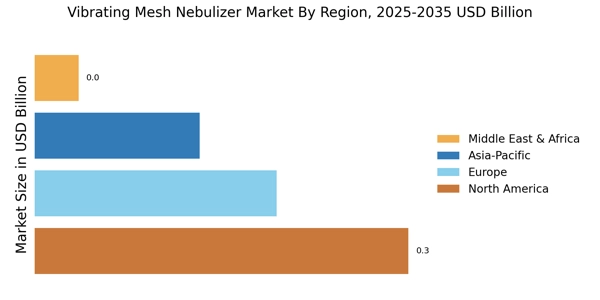
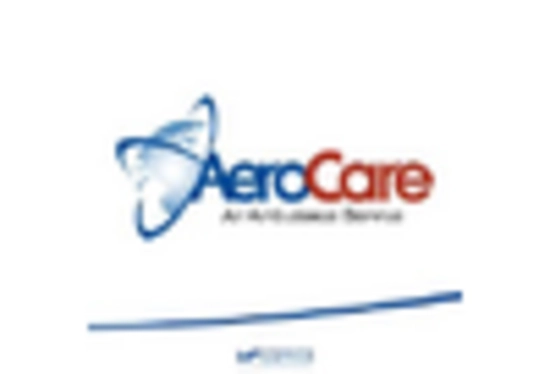

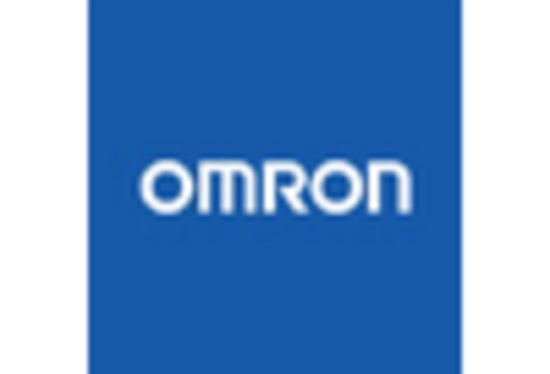
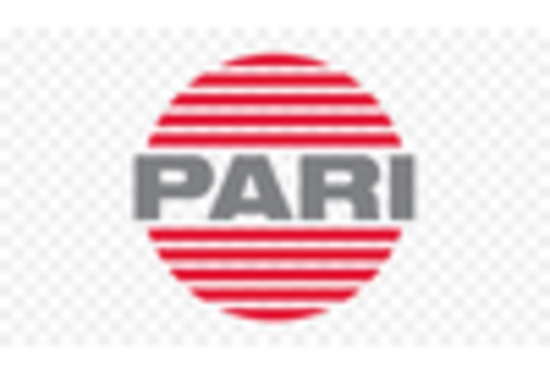

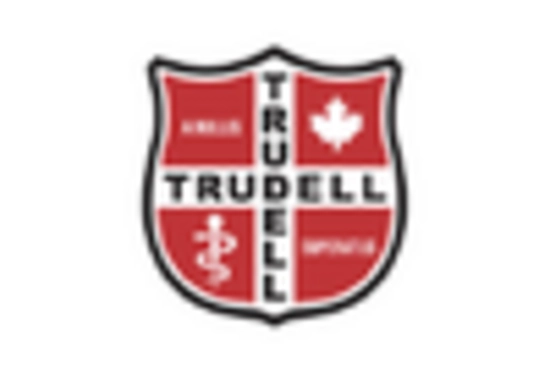








Leave a Comment